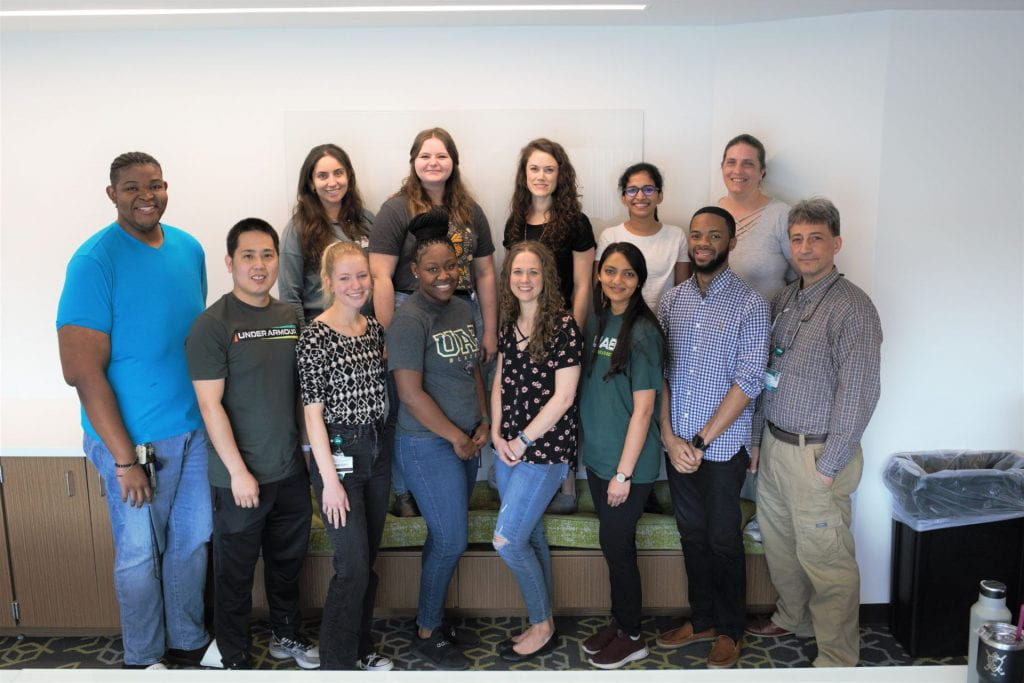
The Yoder Lab focuses on the formation and function of primary cilia. The process of cilia formation and maintenance by intraflagellar transport (IFT), is highly conserved across species, although cilia have evolved to perform diverse functions in different tissues and organisms. From cell motility to chemosensation, and mechanosensation, to cellular signaling, cilia are involved in many cellular processes. We use both C. elegans and mice as model systems to study both cilia and basal body formation as well as their function in animal behavior, mammalian development, and cystic kidney disease.
Ongoing projects in the lab include genetic screens in C. elegans for modifiers of genes important for transition zone formation to maintain ciliary integrity, mechanisms of renal cystogenesis, novel imaging methods in the kidney, and ciliary protein function during mammalian development.
Common Techniques Used in the Lab:
- In vivo kidney imaging
- Immunofluorescence
- Intravital dye imaging
- Whole genome sequencing
- In vivo biosensor design and analysis
- C. elegans mutagenesis
- In vivo CRISPR/Cas9 genome editing
- Confocal microscopy
- Cloning, PCR, and molecular biology
- Histological staining and analysis
- FACS sorting
- RNAseq
